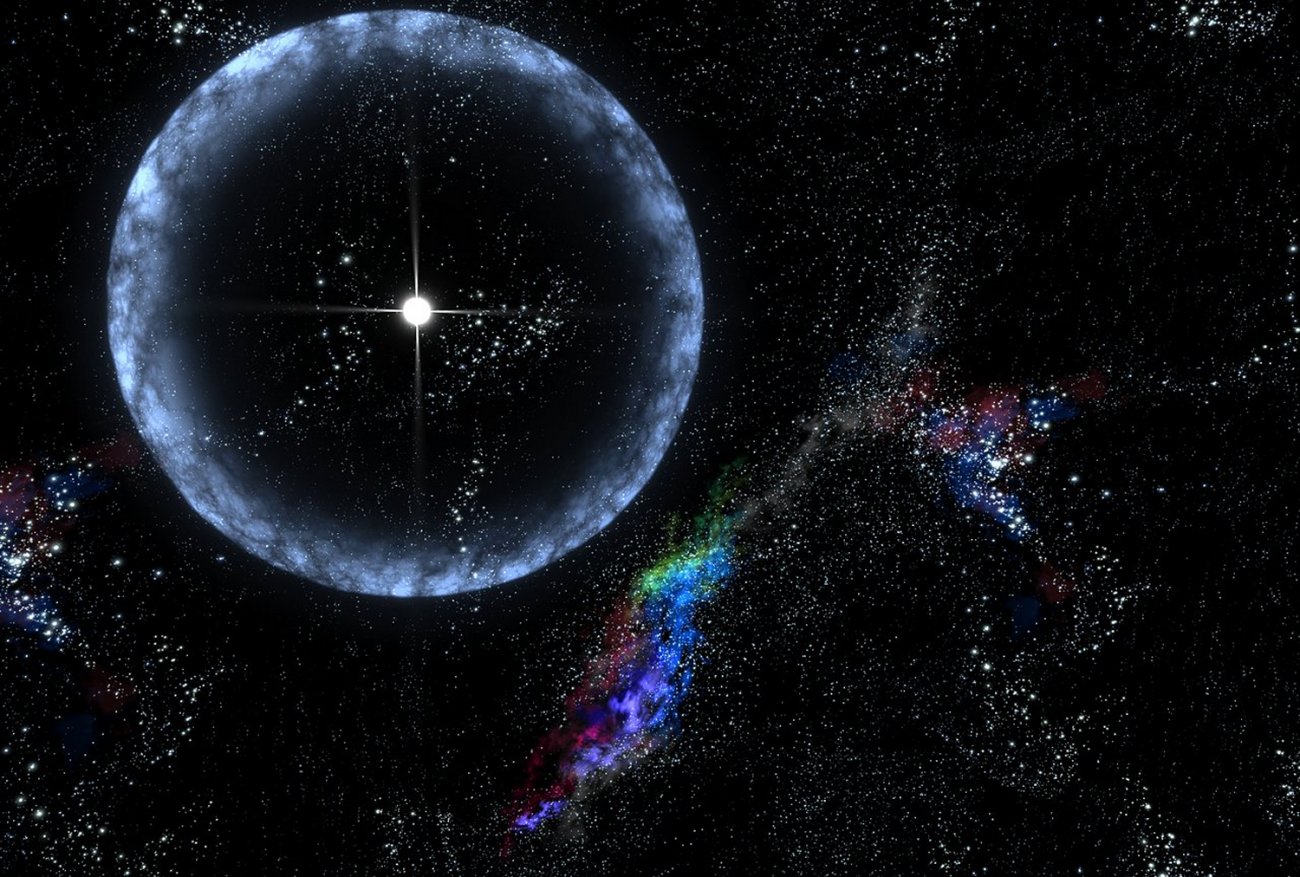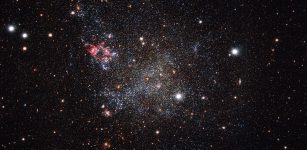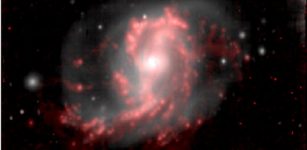Is Neptune’s Hippocamp A Broken-Off Piece From A Larger Neighboring Moon, Proteus?
MessageToEagle.com – Astronomers now think that Neptune’s tiniest moon, Hippocamp, was chipped off a larger moon, Proteus, by a cosmic collision billions of years ago.
The moon was uncovered in Hubble Space Telescope photographs taken in 2013 and has puzzled astronomers ever since.
“The first thing we realized was that you wouldn’t expect to find such a tiny moon right next to Neptune’s biggest inner moon,” Mark Showalter of the SETI Institute in Mountain View, California, said in a press release.

“In the distant past, given the slow migration outward of the larger moon, Proteus was once where Hippocamp is now.”
Over time, Proteus should have gravitationally swept aside or swallowed the smaller moon while clearing out its orbital path. Yet, today, the orbits of the two moons are only 7,500 miles apart.
The key came from earlier pictures of Proteus taken in 1989 by Voyager 2 that show an impact crater almost large enough to have shattered the moon. Showalter and colleagues Imke de Pater, a UC Berkeley professor of astronomy, and Jack Lissauer of NASA’s Ames Research Center in Mountain View, think that the impact kicked out a little piece of Proteus that has slowly migrated away from the parent body. This is the first evidence that a moon in the solar system is a castoff from a comet collision with a much larger parent body.
“Based on estimates of comet populations, we know that other moons in the outer solar system have been hit by comets, smashed apart, and re-accreted multiple times,” Lissauer said. “This pair of satellites provides a dramatic illustration that moons are sometimes broken apart by comets.”
Neptune’s satellite system has a violent and tortured history. Many billions of years ago, Neptune captured the large moon Triton from the Kuiper Belt. Triton’s gravity would have torn up Neptune’s original satellite system. Triton settled into a circular orbit, and the debris from shattered Neptunian moons re-coalesced into a second generation of natural satellites. However, comet bombardment continued to tear things up, leading to the birth of Hippocamp, which might be considered a third-generation satellite.
“This discovery is yet another example of the violent collisional history and continuous evolution of our solar system,” de Pater said. “We have seen dusty rings around planets disappear and appear on timescales of mere decades; we have seen comets and asteroids impact Jupiter; we see impact flashes on our own moon; Saturn’s ring system is now known to be only between 100 and 200 million years old. This shows the importance of impacts in shaping all the planets, including Earth.”
MessageToEagle.com










